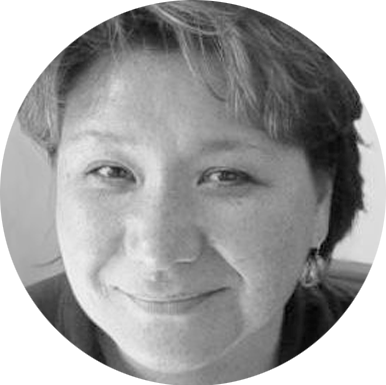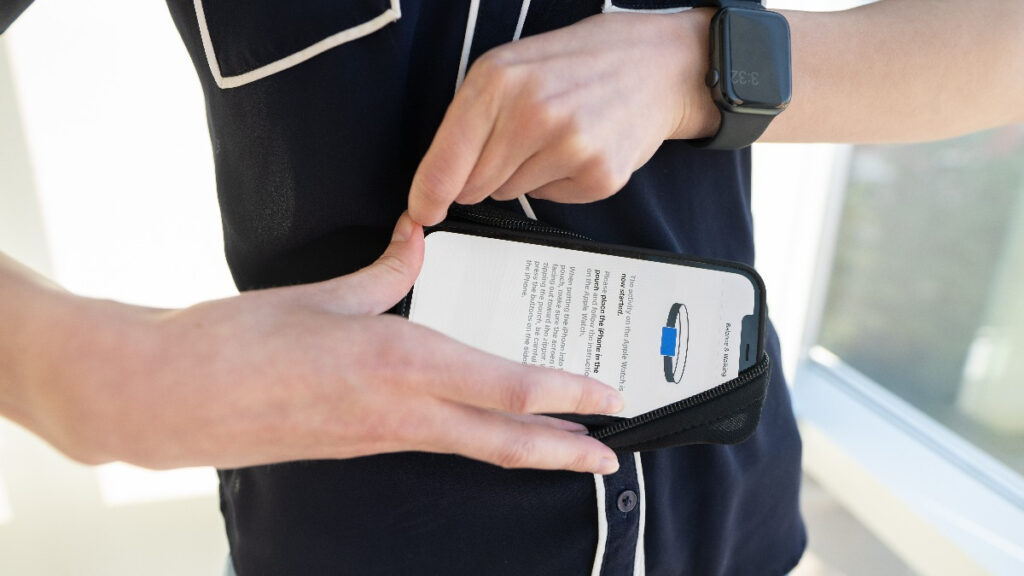We’re all familiar with the parable of the blind men describing an elephant. Each drew his conclusions about the nature of an elephant from limited data based on the part of the elephant he had touched. The morale of the story is that to see the truth, one must combine multiple inputs.
Today, we can get closer to the “truth” of a patient’s condition and experience by synthesizing different real-world measures of disease pathology and treatment response through sensor fusion. It’s more possible than ever to fuse together biometric data from multiple consumer-grade sensors and wearables – along with a variety of other data sources, such as patient reported outcomes (PROs). The fused data can serve as a robust source of evidence that can be used as secondary endpoints in drug development. Ultimately, this more holistic view will help deliver better and more cost-effective health care and disease prevention.
Richer Context for Data Interpretation
When patients present for treatment at the clinic, physicians are trained to combine the results of objective assessments with their general observations to form a holistic picture of the patient’s health status. In much the same way, by fusing together data from multiple real-world assessments, we can gain a more complete – indeed more accurate – picture of the patient. With the right tools and expertise, we can fuse disparate forms of data from different digital modalities and then develop models to understand the pathology of the disease under study. The resulting combined view, while not in any way replacing the physician’s clinical assessment, moves us closer to painting a picture of the whole patient. Plus, it comes from the real-world setting.
Perhaps it’s easiest to appreciate the value of looking at digital biomarkers in combination and comprehensively (as opposed to individually) by sharing a few examples of the capabilities:
- Voice data can be combined with data from patient diaries in a study of respiratory therapy. If a patient reports having difficulty breathing, data from voice-assessments gathered via the patient’s smartphone can not only corroborate that report, but can also provide a much more detailed understanding of the nature of the difficulty. We can measure no less than 400 different features from a voice recording file to assess everything from phonation to lung acoustics.
- For a study of a movement disorder, data collected passively from a smartwatch can be combined with data collected from the patient’s active completion of active movement tasks on a smartphone. When combined, the data presents a more complete understanding of the patient’s movement that includes arm swing, gait, and movement of the torso.
- A study assessing the quality of life (QoL) of a senior population might fuse data gathered on patients’ mobility from GPS or Geographics Information Systems (GISs) with data on social determinants of health to understand a patient’s lived experience and ability (or non-ability) to interact with the world outside.
Combining data sources in this way provides a richer context for data interpretation and, because the digital data can be collected in real time, it provides full situational awareness in a clinical study.
An Innovative, Multi-Disciplinary Capability
All this is not to say that fusing data from multiple digital sources is easy to do. Indeed, few can do it, and the concept is relatively new in the life sciences industry. That’s one reason why Clinical ink has found it helpful to hire experts from various sectors, including the aerospace and automotive industries. Without the right experience, sponsors can find that they’ve collected data that isn’t usable or that the data analysis fails to provide the type of insights needed.
At Clinical ink, we consider the entire process—from consulting on a protocol to selecting the device and developing the user interface, to data modeling and analysis—a form of engineering. (Engineering is not, of course, a field normally associated with the pharmaceutical industry). The engineer’s goal is to transform digital biomarkers into measures that are clinically relevant.
Conclusion
The field of digital biomarkers is advancing very quickly, and fusing data collected from different digital sources is becoming a best practice in clinical development, and this is possible thanks to sensor fusion. Companies that are including digital biomarkers as exploratory endpoints in their research today will have a distinct advantage in speeding their products to market
Learn more about Sensor Fusion in the White Paper “Digital Biomarkers as Endpoints in Parkinson’s Disease”
See a real-world example of Sensor Fusion in action in our WATCH-PD Case Study

Author
Joan Severson
Chief Innovation Officer,
Clinical ink
